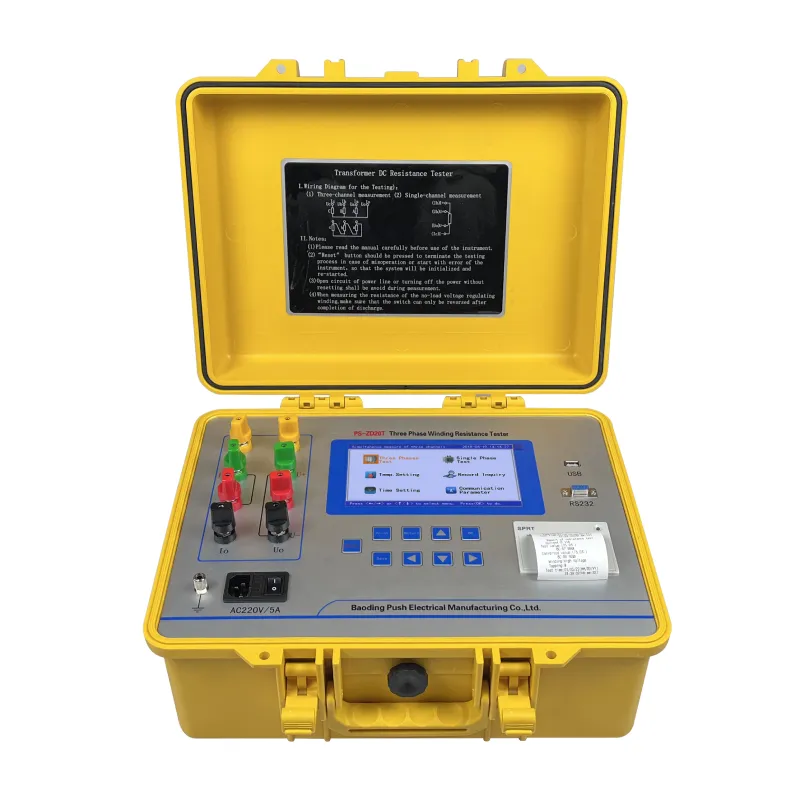 English
English



-
 Afrikaans
Afrikaans -
 Albanian
Albanian -
 Amharic
Amharic -
 Arabic
Arabic -
 Armenian
Armenian -
 Azerbaijani
Azerbaijani -
 Basque
Basque -
 Belarusian
Belarusian -
 Bengali
Bengali -
 Bosnian
Bosnian -
 Bulgarian
Bulgarian -
 Catalan
Catalan -
 Cebuano
Cebuano -
 China
China -
 China (Taiwan)
China (Taiwan) -
 Corsican
Corsican -
 Croatian
Croatian -
 Czech
Czech -
 Danish
Danish -
 Dutch
Dutch -
 English
English -
 Esperanto
Esperanto -
 Estonian
Estonian -
 Finnish
Finnish -
 French
French -
 Frisian
Frisian -
 Galician
Galician -
 Georgian
Georgian -
 German
German -
 Greek
Greek -
 Gujarati
Gujarati -
 Haitian Creole
Haitian Creole -
 hausa
hausa -
 hawaiian
hawaiian -
 Hebrew
Hebrew -
 Hindi
Hindi -
 Miao
Miao -
 Hungarian
Hungarian -
 Icelandic
Icelandic -
 igbo
igbo -
 Indonesian
Indonesian -
 irish
irish -
 Italian
Italian -
 Japanese
Japanese -
 Javanese
Javanese -
 Kannada
Kannada -
 kazakh
kazakh -
 Khmer
Khmer -
 Rwandese
Rwandese -
 Korean
Korean -
 Kurdish
Kurdish -
 Kyrgyz
Kyrgyz -
 Lao
Lao -
 Latin
Latin -
 Latvian
Latvian -
 Lithuanian
Lithuanian -
 Luxembourgish
Luxembourgish -
 Macedonian
Macedonian -
 Malgashi
Malgashi -
 Malay
Malay -
 Malayalam
Malayalam -
 Maltese
Maltese -
 Maori
Maori -
 Marathi
Marathi -
 Mongolian
Mongolian -
 Myanmar
Myanmar -
 Nepali
Nepali -
 Norwegian
Norwegian -
 Norwegian
Norwegian -
 Occitan
Occitan -
 Pashto
Pashto -
 Persian
Persian -
 Polish
Polish -
 Portuguese
Portuguese -
 Punjabi
Punjabi -
 Romanian
Romanian -
 Russian
Russian -
 Samoan
Samoan -
 Scottish Gaelic
Scottish Gaelic -
 Serbian
Serbian -
 Sesotho
Sesotho -
 Shona
Shona -
 Sindhi
Sindhi -
 Sinhala
Sinhala -
 Slovak
Slovak -
 Slovenian
Slovenian -
 Somali
Somali -
 Spanish
Spanish -
 Sundanese
Sundanese -
 Swahili
Swahili -
 Swedish
Swedish -
 Tagalog
Tagalog -
 Tajik
Tajik -
 Tamil
Tamil -
 Tatar
Tatar -
 Telugu
Telugu -
 Thai
Thai -
 Turkish
Turkish -
 Turkmen
Turkmen -
 Ukrainian
Ukrainian -
 Urdu
Urdu -
 Uighur
Uighur -
 Uzbek
Uzbek -
 Vietnamese
Vietnamese -
 Welsh
Welsh -
 Bantu
Bantu -
 Yiddish
Yiddish -
 Yoruba
Yoruba -
 Zulu
Zulu
transformer ct testing
Understanding Transformer CT Testing
Transformer current transformers (CTs) play a crucial role in the electrical power system, serving to measure high currents and transform them into lower, manageable levels for metering and protection. However, to ensure their effective and reliable operation, regular testing and maintenance are essential. Transformer CT testing involves a variety of techniques and procedures designed to verify the performance, accuracy, and integrity of these devices.
What Are Transformer Current Transformers?
Current transformers are specialized devices designed to produce a reduced current accurately proportional to the current flowing in its primary circuit. They are primarily used in measurement applications and for protection in electrical systems. Their operation is based on the principles of electromagnetic induction, where an alternating current flowing through the primary winding induces a magnetic field, causing a proportional current to flow in the secondary winding.
Importance of Transformer CT Testing
The significance of testing transformer CTs cannot be overstated. As integral components of protection schemes in substations and other electrical installations, any malfunction or degradation in their performance can lead to inaccurate measurements, resulting in poor system management and increased risks to safety and equipment. Regular testing helps to identify issues such as insulation breakdown, core saturation, and inaccuracies in output ratios.
Types of Transformer CT Testing
1. Ratio Testing This test measures the transformation ratio between the primary and secondary windings. The ratio should match the specifications provided by the manufacturer. Any deviation can indicate potential problems within the transformer.
2. Insulation Resistance Testing Insulation resistance is crucial for the safe operation of CTs. This test evaluates the quality of the insulation between the windings and ground. Low insulation resistance may signal breakdown or moisture ingress, necessitating assessment or replacement.
transformer ct testing

3. Excitation Current Testing This involves measuring the current flowing through the CT when the primary winding is energized. This test helps determine core saturation characteristics and the overall health of the transformer.
4. Burden Testing The burden is the load that the CT secondary circuit experiences. Testing the burden ensures that the CT can deliver the necessary current to its load without significant errors in measurement.
5. Phase Displacement Measurements This test measures the angular difference between the primary and secondary currents. Phase displacement can affect the accuracy of current measurements and impact protective relay operation.
Testing Equipment and Procedures
Various specialized instruments are used for transformer CT testing. These include digital testers for ratio and insulation resistance tests, as well as oscilloscopes for more complex measurements like phase displacement. The testing procedure typically involves disconnecting the CT from the circuit, performing the required tests, and then analyzing the results against established standards.
Regulatory Standards
Transformer CT testing is often guided by regulatory standards set by organizations such as the Institute of Electrical and Electronics Engineers (IEEE) and the International Electrotechnical Commission (IEC). Adherence to these standards helps ensure the reliability and safety of electrical systems.
Conclusion
In conclusion, transformer current transformer testing is a vital process in the maintenance of electrical systems. By regularly conducting thorough testing, utilities and electrical engineers can ensure that their current transformers operate efficiently and accurately. This, in turn, enhances the overall performance of power systems, ensuring safety, reliability, and quality in electricity distribution. Regular testing not only helps in early detection of potential issues but also extends the life of the transformers, contributing to a more reliable power grid.
-
Using Distillation Range Testers in the Food and Beverage IndustryNewsApr.16,2025
-
The Impact of IoT on Distillation Range Tester PerformanceNewsApr.16,2025
-
The Best Distillation Range Testers for Extreme ConditionsNewsApr.16,2025
-
How Distillation Range Testers Save Time and MoneyNewsApr.16,2025
-
Distillation Devices for Advanced Separation TechniquesNewsApr.16,2025
-
Common Mistakes to Avoid When Using a Distillation Range TesterNewsApr.16,2025



